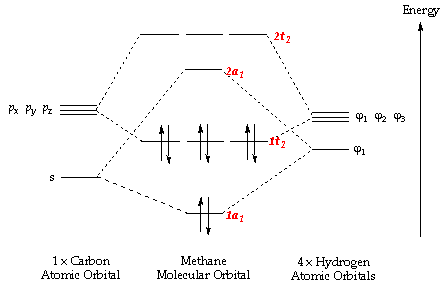bjjones37 wrote:
bloodline wrote:
VSEPR theoy is just a "rule of thumb", it breaks down after atomic number 20 or there abouts.
The funny thing is that I could never work with VSEPR but had no problems with MO, for most people it's the other way around!
Could you clarify VSEPR and MO please? Not sure what the letters stand for.
VSEPR = Valence Shell Electron Pair Repulsion.
MO = Molecular Orbital.
VSEPR is a classical view of covalent bonding. MO is a quantum mechanical view of bonding in general, One of the nice things about MO is that it allows us to say that a bond is "more covalent" or "more ionic" in character, but the terms covalent and ionic are leagcy terms used to give an idea of the way bonding has occured.
Find a good book on MO, I have several here (Just opend my Inorganic text book to find some old course work I was supposed to have handed in 3 years ago :-(). MO will make every thing clear.
clickity click here for some basic info --->
http://www.ch.ic.ac.uk/vchemlib/course/mo_theory/main.htmlHave a look at this diagram, it's a standard MO diagram and shows the classic CH4 bonding in methane.. the lower 2 levels are bonding orbital the upper 2 levels are the antibonding ones

Note that the number of Obitals in the bond are the same as present in the individual atoms, though not shown on this diagram, it's often helpfull (for me at least) to include the electrons in the atomic orbitals. To the bond to from the overall enery of the molecular orbital must be lower than the atomic orbitals.
IIRC you subtract the sum of the bonding orbitals from the antibonding orbitals, divide the result by 2 to give the bond order... this corresponds with the idea of single, double, triple bonds from VSEPR - no wait that's not quite right... I'd better read my book :-D -Edit- No, that is right :-)